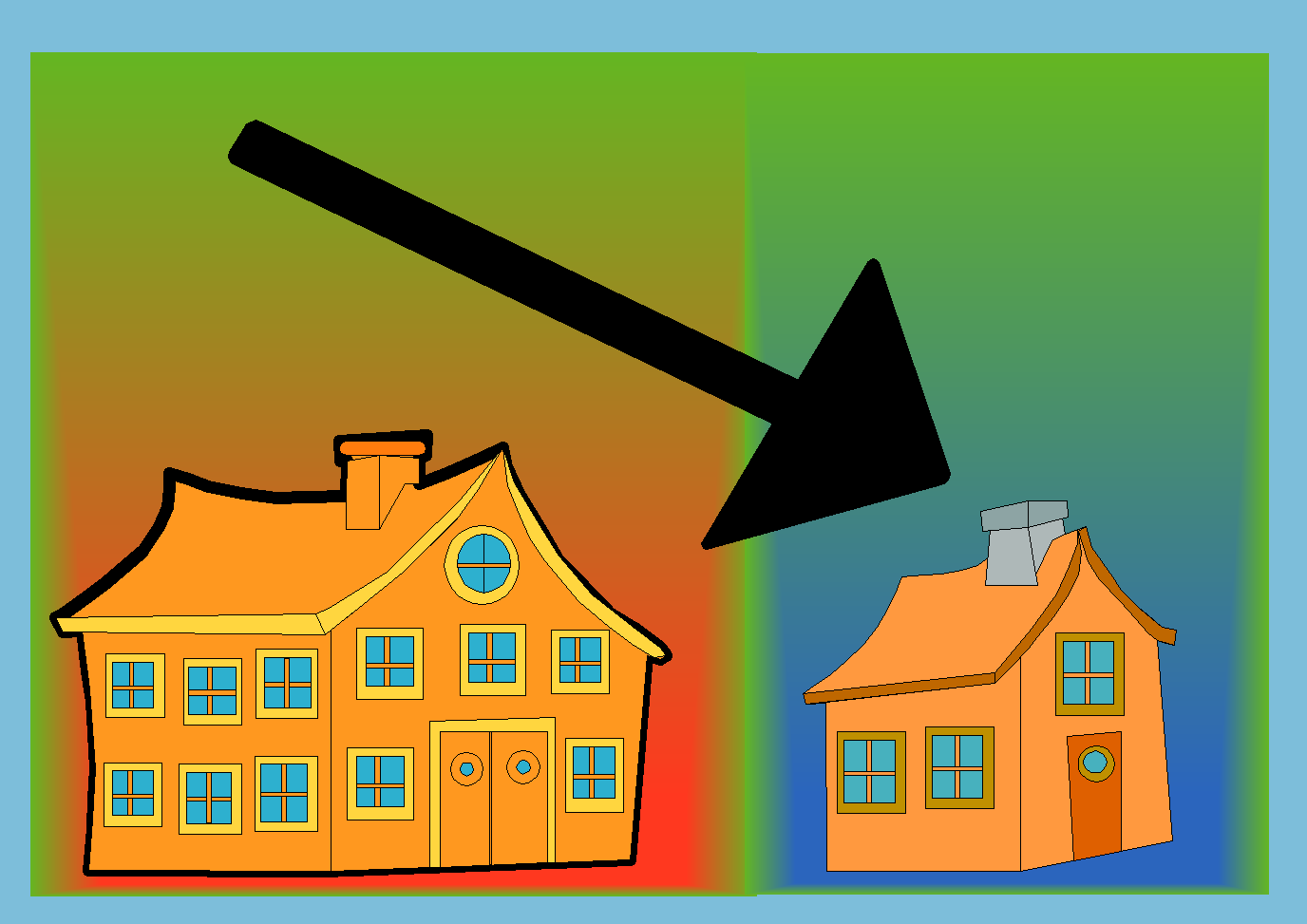Can I Buy a Home with an FHA Loan If I have a Student Loan?
 This year the Federal Housing Administration made adjustments to its underwriting handbook that significantly affect potential buyers that have outstanding student loans. Changes became effective September 14, 1015.
This year the Federal Housing Administration made adjustments to its underwriting handbook that significantly affect potential buyers that have outstanding student loans. Changes became effective September 14, 1015.
The bottom line is, “yes” you can buy a home, even with an FHA loan, but there are stricter debt-to-income ratios you’ll have to comply with and new rules about gifts used toward your downpayment.
Here’s the scoop
In the past, if your student loan deferment went beyond the 12 months following your mortgage loan date, the future payment did not factor into your debt-to-income ratio. This meant you might qualify for a higher monthly payment. Other deferred debts, including those with balloon payments, also fell into the 12-month rule.
The new ruling includes the potential payment amount in the debt-to-income ratio, but here’s the rub: not only do you have to provide all documentation for the obligation, if you don’t know for certain what the payment will be, and can’t obtain that from the lender, your mortgage underwriter must include five percent of the outstanding balance for non-student loans and two percent of the outstanding balance for student loans into your monthly obligations. This formula could raise your monthly debt to income significantly.
A high a ratio of total household monthly debt payments compared to your income (DTI) signals that you carry too much debt. Chances are, you’re more likely to default on your mortgage. Traditionally, lenders want your DTI number lower than 43 percent to 45 percent. Above 45-percent applicants often find it tougher getting approved for a loan compared to borrowers with lower DTIs. Under the new restrictions, the FHA requires two percent of the outstanding student loan balance added into the calculation of the monthly DTI.
If you have a deferred student debt balance of $30,000, for example, the FHA ruling now imputes a $600 a month repayment obligation (two percent of thirty thousand) onto your DTI. This calculation is double the amount that Fannie Mae and Freddie Mac use to calculate your DTI.
If you have a non-deferred payment plan, the actual monthly payment will be counted toward your household debt along with any other debt obligations.
According to the FHA, its goal with the changes is to create sustainable affordable homeownership and not to place buyers in a financial situation that become unaffordable once they have to begin paying on their student loans.
More changes to the rules
In addition to the student loan and deferred obligation changes, the rulings on gifts from relatives and friends require stronger documentation from the giver’s financial institutions regarding the nature and amount of the gift. If a “gift” might have to be repaid, the FHA views it as a loan and requires the repayment amount to be included in the monthly obligations. In the past, “loans” between family members toward the downpayment of a home could be camouflaged as a gift. Analysts believe that since many people will be unwilling to expose their financial information to the extent now required, they may be less inclined to give the gift in the first place.
So, what should you do?
- Stay current on any obligations that you have.
- Collect the information and documentation for any deferred loan or obligation (including that 18-months-same-as-cash flat screen TV) so that you know the exact date you must begin payments and the exact amount of each payment. If you don’t’ know the exact amounts, contact the financial institutions for up-to-date information.
- Once you know how much your monthly payments are going to be, start putting that amount into a savings account each month. Ideally, this should be a separate account from where you are saving your downpayment. Doing this for at least six months will prove to you and your lender that you are well able to keep up with the payments once the deferment ends.
- If a family member offers a “gift” toward your downpayment, make sure it truly is a gift and will not require future repayment. Let them know that you are seeking an FHA loan and that you may need documentation from them regarding the nature of the gift during the underwriting process.
- Live lean: don’t incur additional debt in the six to 12 months leading up to when you want to buy a home.
Let your real estate professional help you calculate the amount of home you can afford. The more time spent looking at the right homes instead of those out of reach, the sooner you’ll find that perfect space for you.
Compliments of Virtual Results




 You don’t know what you don’t know, so how many homebuyers or home-sellers know they can use their smart phones to get smarter about the process?
You don’t know what you don’t know, so how many homebuyers or home-sellers know they can use their smart phones to get smarter about the process? Now that the kids have gone back to school, vacations are over and the weather is starting to turn, it’s time to get serious about hunting for a house. Homebuying used to be simple: you saved up some money for a downpayment, enlisted the aid of a real estate agent, found the home you wanted, made and offer and closed the deal. But since the housing meltdown, first-time buyers need savvy skills to negotiate the complexities of credit scores, pre-qualifications, pre-approvals, loan options and closing.
Now that the kids have gone back to school, vacations are over and the weather is starting to turn, it’s time to get serious about hunting for a house. Homebuying used to be simple: you saved up some money for a downpayment, enlisted the aid of a real estate agent, found the home you wanted, made and offer and closed the deal. But since the housing meltdown, first-time buyers need savvy skills to negotiate the complexities of credit scores, pre-qualifications, pre-approvals, loan options and closing.
 Having a low FICO score usually means there is no way for you to quality for a FHA mortgage, but changes to the underwriting process August 2015 means that more borrowers may qualify. According to
Having a low FICO score usually means there is no way for you to quality for a FHA mortgage, but changes to the underwriting process August 2015 means that more borrowers may qualify. According to 
 Contemplating buying a new home or remodeling the one you have? Before you call your real estate agent, hire a designer or head to your local Do-It-Yourself superstore refine your ideas by creating an idea book.
Contemplating buying a new home or remodeling the one you have? Before you call your real estate agent, hire a designer or head to your local Do-It-Yourself superstore refine your ideas by creating an idea book.
 With school starting, it’s time to do a little reorganizing to make early mornings and after-school activities run smoothly. When starting school after moving to a new home, consider some of the additional challenges your children face and plan accordingly. Implement changes to the household gradually so that your kids adjust before that big first day!
With school starting, it’s time to do a little reorganizing to make early mornings and after-school activities run smoothly. When starting school after moving to a new home, consider some of the additional challenges your children face and plan accordingly. Implement changes to the household gradually so that your kids adjust before that big first day!


 Catch Our Feed
Catch Our Feed Subscribe via Email
Subscribe via Email Follow Our Tweets
Follow Our Tweets Friend Us On Facebook
Friend Us On Facebook Watch Us On Youtube
Watch Us On Youtube